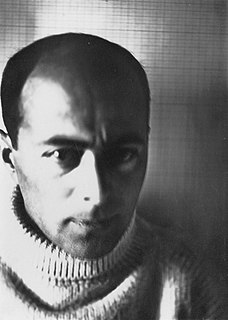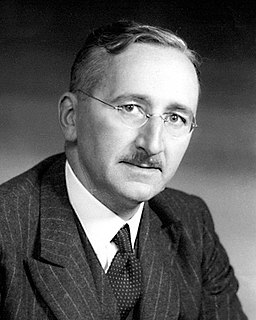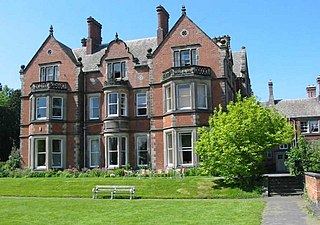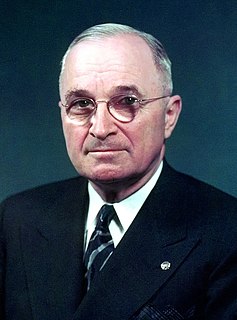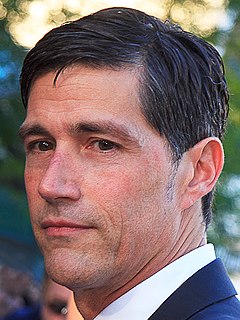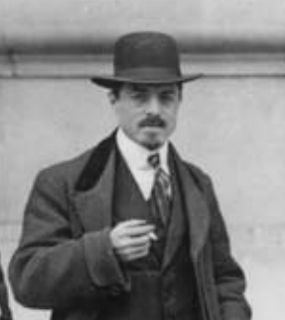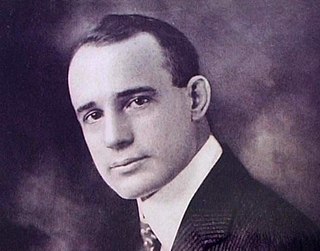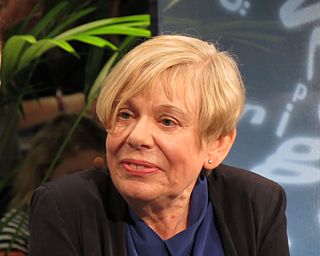A Quote by El Lissitzky
The purpose of architecture is to transmute the emptiness into space, that is into something which our minds can grasp as an organized unity.
Related Quotes
The word "truth" itself ceases to have its old meaning. It describes no longer something to be found, with the individual conscience as the sole arbiter of whether in any particular instance the evidence (or the standing of those proclaiming it) warrants a belief; it becomes something to be laid down by authority, something which has to believed in the interest of unity of the organized effort and which may have to be altered as the exigencies of this organized effort require it.
Just as eagles soar through the vast expanse of the sky without meeting any obstructions, needing only minimal effort to maintain their flight, so advanced meditators concentrating on emptiness can meditate on emptiness for a long time with little effort. Their minds soar through space-like emptiness, undistracted by any other phenomenon. When we meditate on emptiness we should try to emulate these meditators.
We must earn the peace we seek just as we earned victory in the war, not by wishful thinking but by realistic effort. At no time in our history has unity among our people been so vital as it is at the present time. Unity of purpose, unity of effort, and unity of spirit are essential to accomplish the task before us.
There is a broad distinction between religion and theology. The one is a natural, human experience common to all well-organized minds. The other is a system of speculations about the unseen and the unknowable, which the human mind has no power to grasp or explain, and these speculations vary with every sect, age, and type of civilization. No one knows any more of what lies beyond our sphere of action than thou and I, and we know nothing.
Healthy mysticism praises acts of letting go, of being emptied, of getting in touch with the space inside and expanding this until it merges with the space outside. Space meeting space; empty pouring into empty. Births happen from that encounter with emptiness, nothingness. . . . Let us not fight emptiness and nothingness, but allow it to penetrate us even as we penetrate it.
Architects, painters, and sculptors must recognize anew and learn to grasp the composite character of a building both as an entity and in its separate parts. Only then will their work be imbued with the architectonic spirit which it has lost as salon art. Together let us desire, conceive, and create the new structure of the future, which will embrace architecture and sculpture and painting in one unity and which will one day rise toward heaven from the hands of a million workers like the crystal symbol of a new faith.
When we talk of architecture, people usually think of something static; this is wrong. What we are thinking of is an architecture similar to the dynamic and musical architecture achieved by the Futurist musician Pratella. Architecture is found in the movement of colours, of smoke from a chimney and in metallic structures, when they are expressed in states of mind which are violent and chaotic.
The void holds a form of energy moving at an inconceivably high rate of vibration, and that void is filled with a form of power/energy which adapts itself to the nature of the thoughts we hold in our minds; and influences us, in natural ways, to transmute our thoughts into their physical equivalent.
